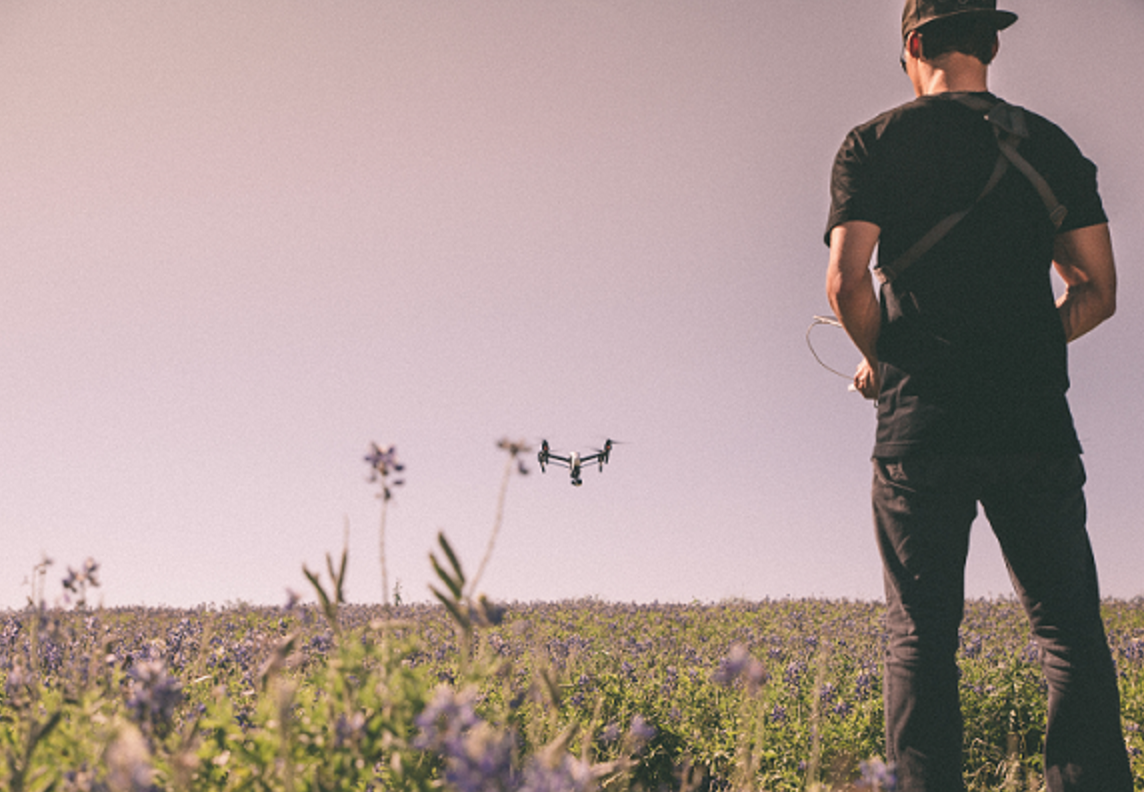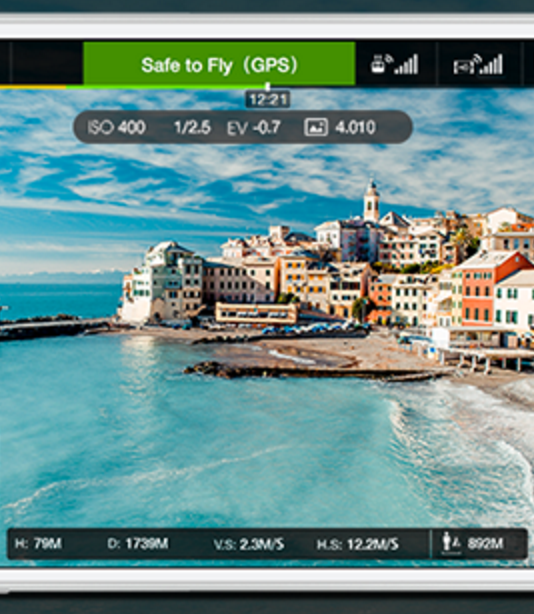
All drones weighing more than 250 grams — about a half pound — should be registered, according to the recommendations from an FAA task force, released today (PDF). The task force, comprising 25 industry representatives from ALPA and AOPA to Google and Wal-Mart, reached “unanimous consensus,” said Earl Lawrence, director of the FAA’s UAS integration office, in a conference call with reporters. “There were no dissenting opinions” filed to the final recommendations, he said. The group recommends that shoppers who buy a drone should fill out an electronic registration form, via the web or an app, providing only a name and address, and they will immediately be assigned a personal registration number for use on all of their drones. The owner then is required to mark that number on all applicable drones before flying them in the National Airspace System. The group recommends that there should be no fees for registration. The recommendations apply only to drones weighing less than 55 pounds.
NBAA, whose senior manager for security, Sarah Wolf, held a seat on the task force, said in a news release on Monday that the registration process should require more information from drone owners. “Registration is an important foundation for safe UAS operations in the NAS, and defining registration requirements is an important first step toward that goal,” she said. “While NBAA concurs with most of the task force’s recommendations, the association would like to see the registration process require that UAS owners provide their email address. Having email addresses for operators could facilitate the distribution of vital educational information about how to operate UAS safely in the NAS.” Lawrence said the task force recommended that owners provide a “physical address,” as opposed to a P.O. box or email address. However, owners can voluntarily provide an email address if they want to.

The database of UAS owners will be maintained by the FAA. “The objective here is very safety and education focused,” said Lawrence. The registration process will make it possible for the FAA to provide owners with educational safety information, he said. The task force asked the FAA to establish a “reasonable and proportionate penalty schedule” for violations. The task force report has been submitted to Transportation Secretary Anthony Foxx and FAA Administrator Michael Huerta. “They will add [the report] to the 4,500 public comments, and group all of these recommendations together, and draft a proposed rule,” Lawrence said. Huerta has said he wants the rule to be finalized before the holiday season, when up to 700,000 new drones are expected to be sold in the U.S.
Dave Mathewson, executive director of the Academy of Model Aeronautics, who also was a member of the task force, issued a statement on Monday criticizing the recommendations. “Unfortunately, as written, these recommendations would make the registration process an unnecessary and unjustified burden to our 185,000 members …We believe weight should be only one of several factors considered when determining where the threshold should be for UAS registration,” Matheson said. “For this reason, AMA wanted to include dissenting comments in the final task force report, but was prevented from doing so.” He added that the “the task force recommendations may ultimately prove untenable by requiring the registration of smaller devices that are essentially toys and do not represent safety concerns.”
Meanwhile, technology may be helping to make the registration system less critical for aviation safety. DJI, a California-based drone manufacturer, says all of its drones now will include geofencing software. “The drone will by default not fly into or take off in, locations that raise safety or security concerns,” the company says, including space around airports, as well as ephemeral events such as stadium events, fires and TFRs. “Some areas will be designated as Warning locations to make operators aware of potential concerns that are not primarily safety-related (for example, a protected wildlife area),” the company says. “Other areas, such as those surrounding airports, will be Authorization zones, where the drone can’t be flown without taking additional steps to ‘unlock’ the zone using a verified account. The remaining category will be Restricted zones where the drone will not operate and no unlocking is possible for security reasons, such as Washington, D.C.”

































